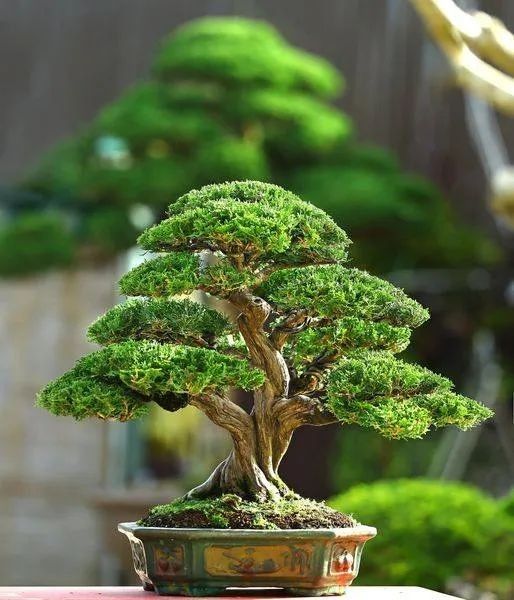Bonsai Tradition

Creative Techniques and Styles for Unique Miniature Gardens
Introduction:
Bonsai, the ancient art of cultivating miniature trees, has evolved beyond its traditional roots into a realm of limitless creativity. While the classic forms and styles remain timeless, contemporary bonsai enthusiasts are pushing the boundaries, exploring innovative techniques and styles to create truly unique miniature gardens. In this article, we delve into the exciting world of bonsai beyond tradition, where creativity knows no bounds, and individuality takes center stage.
1. Creative Techniques
Traditional bonsai styles such as formal upright, informal upright, and cascade are well-established and revered. However, modern practitioners are breaking away from these molds, embracing asymmetry, abstraction, and unconventional shapes. The freedom to experiment allows for the creation of bonsai that challenge preconceived notions, resulting in visually striking and distinctive living sculptures.
2. Fusion of Art and Nature:
Contemporary bonsai artists are increasingly treating their creations as works of art. Incorporating elements of sculpture, abstract design, and even symbolism, these artists fuse traditional horticulture with artistic expression. The result is bonsai that transcend the boundaries of a mere potted plant, becoming captivating pieces that tell unique stories and evoke a range of emotions.
3. Air Layering and Propagation Techniques:
To achieve unconventional shapes and designs. enthusiasts are exploring advanced propagation such as air layering. This method allows for the creation of multiple trunks or the manipulation of branch placement, providing artists with more control over the final form of their miniature trees. These innovative approaches open up new possibilities for creating truly one-of-a-kind bonsai compositions.
4. Miniature Landscapes and Forests:
Beyond single-tree compositions, contemporary bonsai practitioners are expanding their horizons by creating miniature landscapes and forests. By carefully selecting and arranging multiple trees, rocks, and other elements, artists can evoke the grandeur of nature in a confined space. These miniature forests tell stories of ecosystems, seasons, and the passage of time, offering a dynamic and immersive experience.
5. Sustainable and Unconventional Materials:
Innovative bonsai artists are exploring sustainable and unconventional materials to enhance their creations. From repurposed containers and recycled materials to non-traditional planting mediums, the use of eco-friendly and unexpected elements adds an extra layer of creativity to the art of bonsai. This approach not only contributes to sustainability but also challenges artists to think outside the traditional bonsai toolkit.

Conclusion:
Bonsai has entered a renaissance where creativity and individual expression are celebrated. The exploration of unconventional styles, fusion of art and nature, advanced propagation techniques, miniature landscapes, and the use of sustainable materials showcase the boundless potential within this ancient art form.






